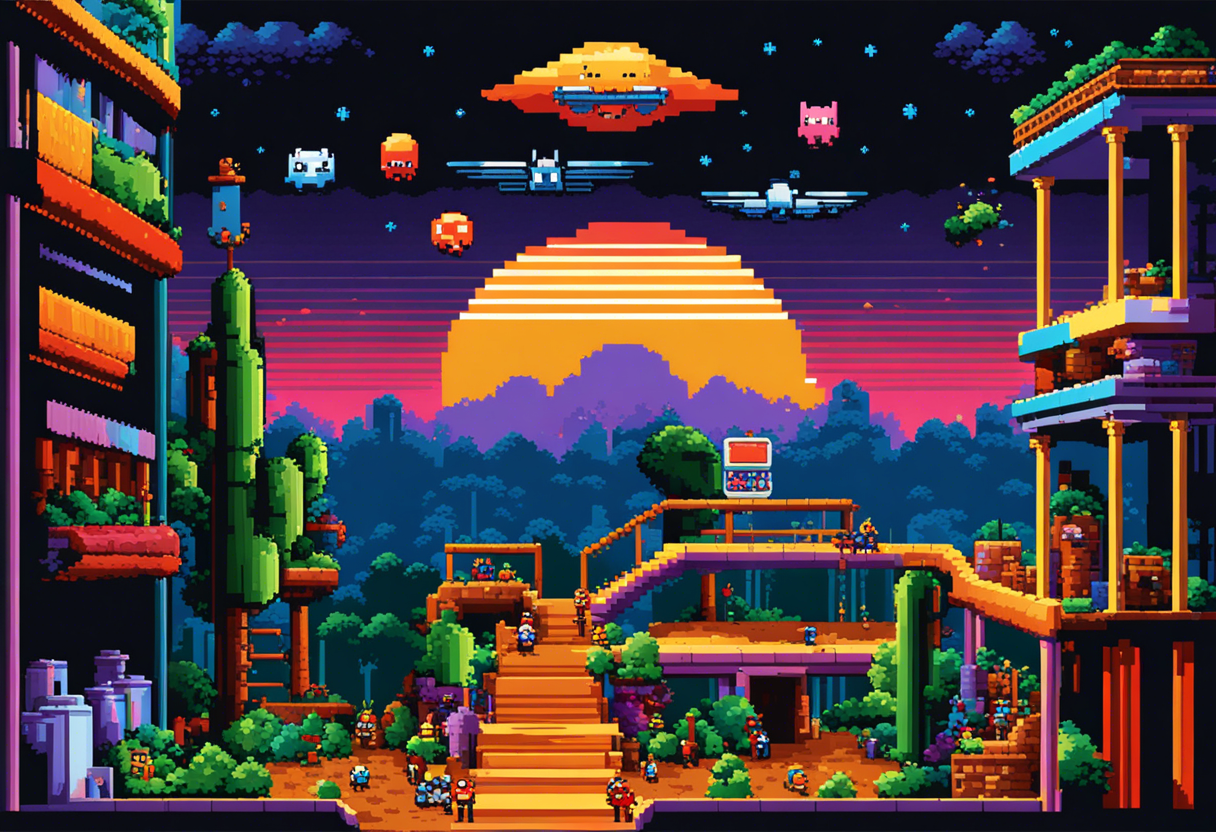Journey Through Pixels: The Incredible Transformation of Gaming Graphics to Realism - An In-Depth Guide
The world of gaming has undergone a phenomenal transformation over the decades. From the pixelated simplicity of Pong to the hyper-realistic landscapes of modern titles, the journey of gaming graphics is a testament to the relentless pursuit of realism and immersion in the gaming industry. This exploration will take you through the evolution of gaming graphics, the technology behind it, and how it has shaped the gaming experience we know today.
The Humble Beginnings – 2D Pixel Art

The journey begins in the 1970s and 80s, when 2D pixel art was the norm. Games like Space Invaders and Pac-Man boasted simple, colorful graphics that, while basic, were captivating in their simplicity. This era was dominated by arcade games, which used raster graphics – a technique that uses a grid of pixels to form an image.